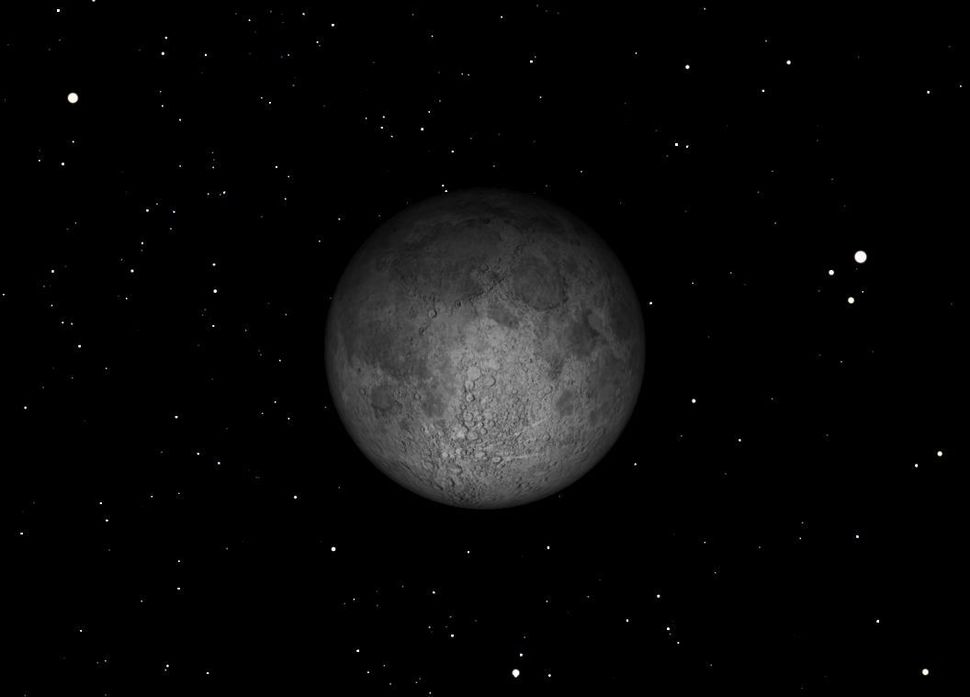
Notice that Vega is more than halfway between the east horizon and the “+” sign marking overhead. Rotate the map so that east is at the bottom. That’s where it is in the sky during late winter an hour before sunrise. It is near the horizon circle, low in the south, on the map. Hold the map in a comfortable position and rotate it in the direction you’re looking. Quickly, you’ll see that this is uncomfortable and you’ll go after that digital sky map. In the theoretical use, hold the map above your head and rotate the circle to match your directions. On the accompanying map, generated from the US Naval Observatory’s MICA computer program, the directions are identified with their azimuth: North is 0° East, 90° South, 180° and West, 270°. The directions are labelled usually with the letters for the cardinal points. So, the circular map is the sky above your head with the overhead point marked with a “+” sign. When considering a celestial map, the sky watcher is on Earth looking up.

Where are you when you look at a map of Earth? You’re in the sky looking down on Earth, with north to the top of the map and east to the right. These charts can be confusing because of their orientation and their circular shapes.įirst think about a terrestrial map. This morning’s chart is a circular map showing the entire sky an hour before sunrise. It is lost in bright sunlight for about the next month, appearing in the eastern sky before sunrise around the time of the equinox.

Saturn rises a few minutes before the sun.

Mercury rises only 36 minutes before sunup amid the bright light of approaching dawn. The morning sky is without a bright planet or the moon. Chart Caption – Late Winter Mornings: The starry morning sky map for late winter (US Naval Observatory)


 0 kommentar(er)
0 kommentar(er)
